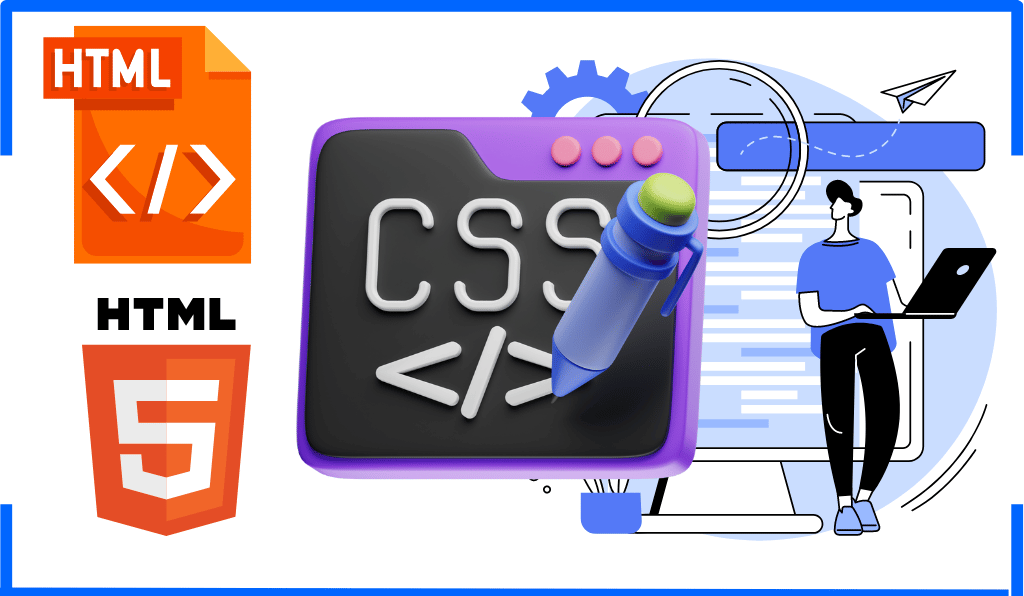Introduction to Sprint Retrospective
Hello, Scrum enthusiasts! One of the most vital ceremonies within the Scrum framework is the Sprint Retrospective. If you're looking to enhance your team's effectiveness and continuously improve, understanding how to conduct an effective Sprint Retrospective is crucial. Let's delve into the key aspects of this important event and explore how it can drive significant improvements.
The True Essence of Sprint Retrospective
The Sprint Retrospective is not merely a meeting; it is an invaluable opportunity for the Scrum Team to inspect and create a plan for enhancing their processes and work methods. This crucial ceremony allows the team to reflect on what’s working well, identify challenges, and determine actionable steps for future Sprints.
Key Areas of Focus
-
Updating the Sprint Length and Definition of Done (DoD):
- The Sprint Retrospective is the perfect time to revisit and update the Sprint Length and the Definition of Done (DoD). These adjustments help the team stay aligned with their goals and work more efficiently.
-
The 80/20 Principle in Sprint Retrospectives:
- Focus on the most impactful improvements using the Pareto Principle. This principle suggests that 80% of effects come from 20% of causes, guiding the team to prioritize the most beneficial changes.
-
Adding Items to the Next Sprint’s Backlog:
- It's essential to know that items identified during the retrospective can be added to the next Sprint's Backlog. This allows the team to address significant improvements immediately.
-
Conclusion of the Sprint:
- The Sprint Retrospective marks the official end of the Sprint. This timeboxed event ensures that the team reflects efficiently and identifies key areas for improvement.
The 80/20 Principle and Its Application
The 80/20 principle is a game-changer in focusing improvement efforts. According to this principle, a few key actions will yield the most significant benefits.
Practical Application:
Imagine your team comes up with ten ideas during the Sprint Retrospective. By applying the 80/20 principle, you might find that implementing just two or three of these ideas could drive 80% of the desired improvements. Hence, it's strategic to prioritize these impactful changes.
Exam Prep Insights:
-
Question: According to the 80/20 principle, what percentage of effects usually come from what percentage of causes?
- Answer: b) 80% of effects come from 20% of causes.
-
Question: True or False: The Scrum Guide suggests implementing all improvements identified in the Sprint Retrospective immediately.
- Answer: False. The Scrum Guide advises focusing on the most impactful improvements.
Importance of the Sprint Retrospective in Scrum
Understanding the nuances of the Sprint Retrospective is critical for any Scrum Master. This event is cornerstone to continuous improvement, allowing teams to evolve and refine their processes regularly.
Key Exam Insights:
- Purpose of the Sprint Retrospective: To inspect how the last Sprint went and create a plan for improvements.
- Mandatory Nature: The Sprint Retrospective is a mandatory event in Scrum, emphasizing continuous improvement regardless of team performance.
Timeboxes in Scrum
The various events in Scrum are timeboxed to ensure they are concise and focused:
- Sprint: Up to 1 month.
- Sprint Planning: Up to 8 hours.
- Sprint Review: Up to 4 hours.
- Sprint Retrospective: Up to 3 hours.
Exam Preparation:
-
Question: What is the maximum timebox for a Sprint Retrospective for a one-month Sprint?
- Answer: b) 3 hours.
-
Question: True or False: The Scrum Guide explicitly refers to the Sprint itself as a ‘timeboxed' event.
- Answer: False.
Conclusion
The Sprint Retrospective is the culminating event of the Sprint, pivotal for fostering a culture of continuous improvement. By understanding and effectively implementing the principles and best practices discussed, you can ensure your team’s ongoing success and development.
Call to Action
Are you ready to apply these insights into your next Sprint Retrospective? Keep these principles in mind, and watch your team's productivity and effectiveness soar. For more detailed guidance, consider consulting the 2020 Scrum Guide.
Stay tuned for our next lesson, where we will dive deeper into the world of Scrum and continuous improvement!
By following these insights and strategies, you can op

